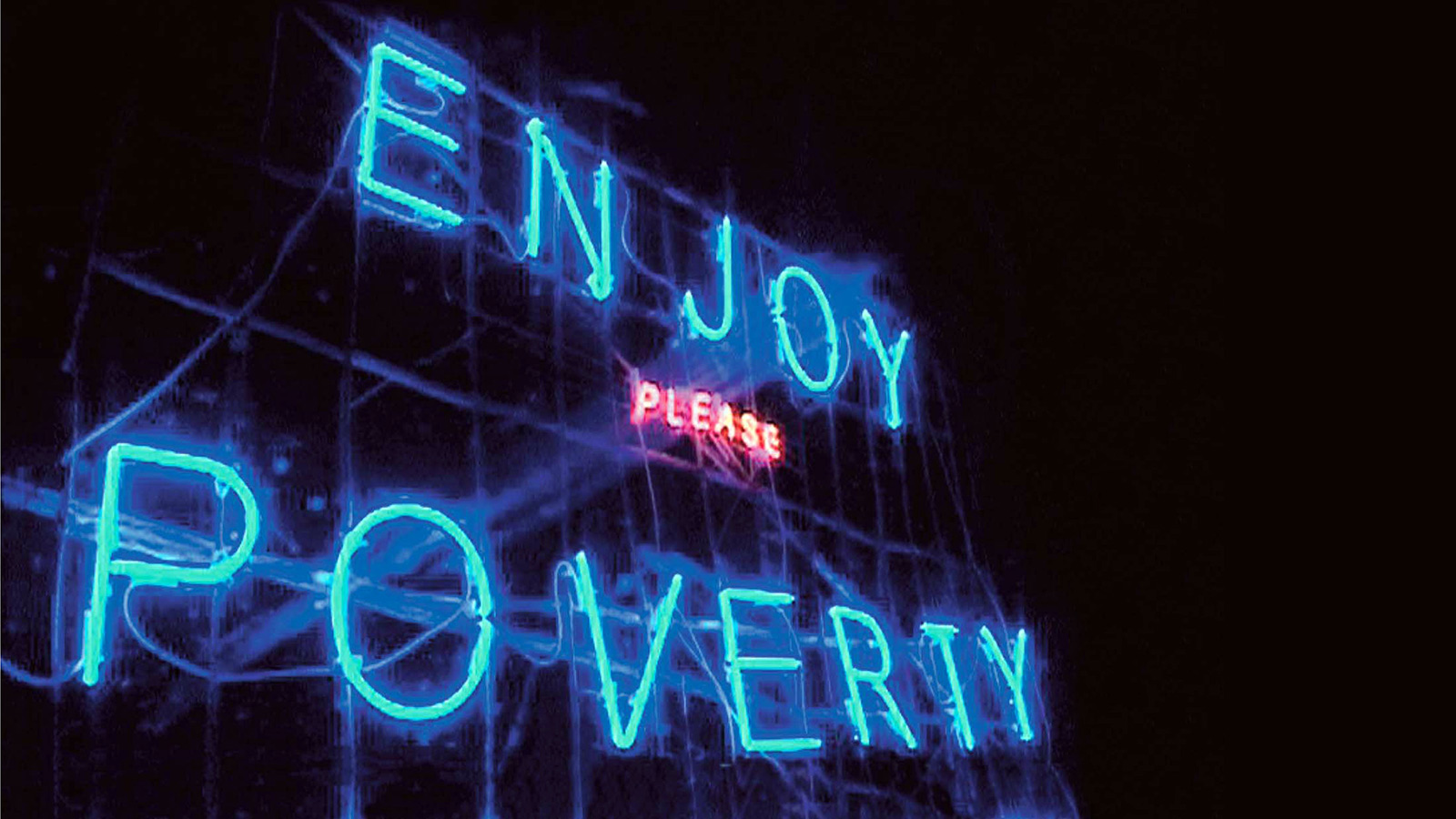To read the popular press you’d think that America’s suburban era is over, fully replaced by a fashion for living in inner-cities. The constant stories in leading national publications like The Atlantic and The New York Times document the artist and young professional-led revival of the latest impoverished New York neighborhood, the flowers blooming in an unlikely Rust Belt bastion like Pittsburgh, or even the signs of hope in hopeless Detroit.
The news media’s fascination with gentrification is understandable. Journalists cover the news, and what’s new is not that cities have lost the middle class to the suburbs and been left with high poverty rates. It’s news when the reverse starts to happen. The storyline also reflects the unrepresentative experience of journalists themselves. As creative professionals, we are disproportionately likely to live in a city, and we live mostly in one of a handful — New York, Washington, D.C., San Francisco, Boston, L.A. — that are among the most gentrified.
And so if you follow the news, you might think that the biggest challenge cities face is not attracting the middle class, but keeping middle-income families from being priced out, or keeping long-time residents from being displaced by rising rents.
This may be the case in the aforementioned star cities, and a few others like Seattle and Austin. But a hard look at the data shows that the long-term trends are nothing like this at all.
Instead, as a new report from the think tank City Observatory shows, looking at data by Census tract from 1970 to 2010 shows that concentrated urban poverty has grown worse. The number of high poverty neighborhoods (where 30 percent or more of the population lives below the poverty line) has increased dramatically, as middle-class flight to the suburbs have left impoverished enclaves behind. The data shows that “3.2 million poor people in 2010 lived in neighborhoods that were not high-poverty in 1970. The number of these census tracts nearly tripled from 1,100 in 1970 to 3,100 in 2010.”
And only a very small share of neighborhoods that were impoverished have been pulled out of poverty by gentrification. Take a walk around the former working-class bastions of old industrial cities across the country, from Rochester, N.Y., to Birmingham, Ala., and you’ll easily see that the telltale signs of poverty — abandoned and decaying houses, empty lots where houses burned down or were demolished — are far more widespread than wine bars and new condo buildings. The neighborhoods that had high poverty rates in 1970 have mostly lost population, as those who can afford to leave do so. That leaves even higher rates of poverty behind them. According to the study, “75 percent of 1970 high-poverty neighborhoods were still high-poverty four decades later. Those neighborhoods saw their population drop by 600,000.”
There are two other causes of this increase on concentrated poverty: suburban sprawl and rising inequality. As the report explains, there are just fewer middle class families to stabilize struggling neighborhoods. Then there are the policies that keep desirable middle class suburbs unaffordable to poor families — mainly land use restrictions that prohibit building apartment buildings or splitting up a house into smaller units. Many urban neighborhoods have similar rules, which means the more affluent neighborhoods and the poor ones stay separate instead of blending into each other.
Here’s why this matters: Highly concentrated poverty, rather than individuals living in poverty themselves, is the main cause of the problems commonly associated with poverty, such as high crime rates, lack of upward mobility, and low-quality public services. When your neighbors are all impoverished, you lack social networks that can help you find the best schools or the right job. And concentrating high-need students together can overburden local schools and lead to lower performance across the board. As the report’s authors note, city services get stretched thin when there are too many who need them and not enough taxpayers to support them. That can lead to a vicious spiral in which the residents who can flee the declining quality of life do, thus making it decline even further.
Detroit is the most famous case of this, but it’s hardly unique. Most U.S. cities, from Hartford, Conn., to Fresno, Calif., look more like Detroit than New York. According to the report, “Just three cities (New York, Chicago, and Washington) accounted for one-third of all census tracts that saw poverty rates decline from above 30 percent in 1970 to below 15 percent in 2010.”
In fact, most of New York doesn’t look like “New York.” If each of the city’s boroughs were its own city, the Bronx would be the nation’s second most impoverished, and Brooklyn its twenty-second. Most of New York or Chicago remains untouched by gentrification and far poorer than all the stories about cafes with $5 lattes replacing bodegas would lead you to imagine. As City Observatory puts it, “While highly visible, it’s unclear whether these instances of wholesale transformation are widespread … Only 100,000 poor people in 1970 lived in neighborhoods of concentrated poverty that have since ‘rebounded’ to poverty below national average by 2010. The likelihood the neighborhood rebounded was one in 20.”
How can public policy address these problems? Here are my suggestions:
- Addressing inequality through higher taxes on the rich and more spending on programs like affordable housing, healthcare, and education for the poor would reduce income segregation in housing patterns.
- Eliminating sprawl-inducing policies like low-density zoning in suburbs would allow for more affordable housing, and the low-income people who live in it, to spread more evenly throughout metro regions.
- Removing pro-sprawl subsidies in the tax code, like the home mortgage interest deduction, would help keep the middle-class in cities.
- Taxing carbon emissions would make the suburban lifestyle of living in an inefficient detached home and driving everywhere less affordable and bring more middle class families back to denser neighborhoods with shorter commutes.
None of this means that gentrification does not threaten the character to large swaths of the most desirable cities. It does, and displacement is a real problem requiring real solutions like higher taxes on the rich to fund more affordable housing. But spreading and deepening concentrations of poverty is a much more common urban problem. Just because it isn’t sexy doesn’t mean we should ignore it, and just because we ignore it doesn’t make it disappear.




